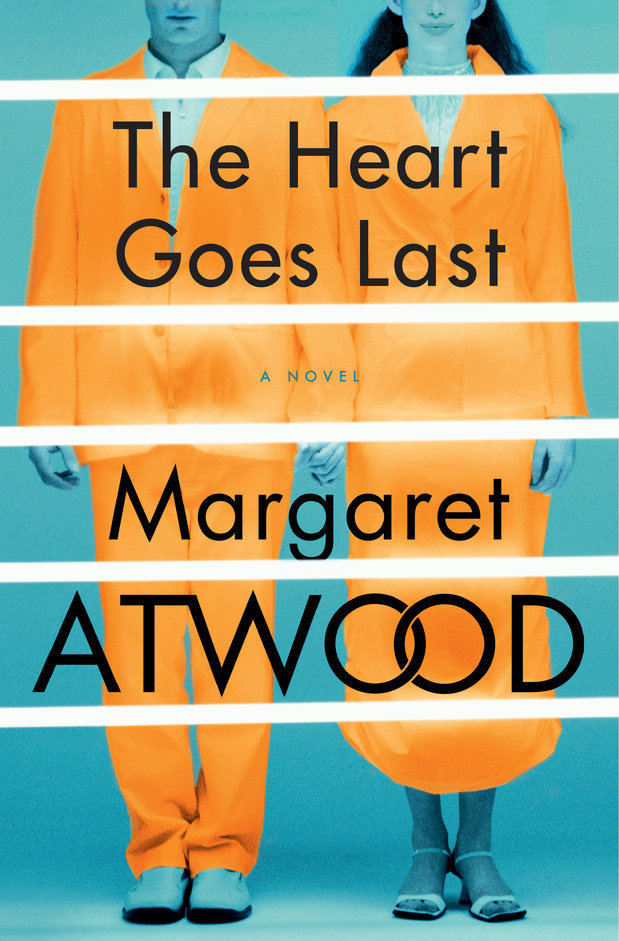Four women and one man in modern-day Amman find their narratives
intersect because, although Amman is a big city, it’s still a small world.
Zaghmout, Fadi. The Bride of Amman. Trans. Ruth
Ahmedzai Kemp. Hong Kong: Signal 8 Media, 2015. ISBN: 9789881219893
WARNING: For mature
audiences only—graphic content.
Salma, unmarried at 30, fights against the stereotype of the
Jordanian spinster, while her sister Leila is about to have it all—a degree, a
career and a handsome and wealthy husband.
Her husband, Ali, has a dark secret he keeps well hidden. Hayat, who knows Leila, has dark family
secrets of her own, meets Samir who knows Ali’s secret. Should she tell Leila or should they all be
worried about their Christian friend Rana who has run off to Sweden with her Circassian
boyfriend?
This book was publicized as social commentary, and I began
reading it as such. As such, it bored
me. I didn’t care much for the voices I
was hearing as their problems sounded shallow and self-obsessed. I was drawn into the novel, however, bit by
bit as the stories began to intertwine and the connections between the
characters became more complicated.
Then, I was able to understand the complexities of the Jordanian
families and friends I have met in Amman at a much more intimate level than I
have previously understood. Life isn’t
easy in Amman, infamously known for the “Amman scowl,” but this book helps the
reader understand how difficult it is for some modern Jordanians to put on a
brave face and smile.
Is the book a masterpiece of literary achievement? I don’t
think so. Is it enjoyable reading?
Definitely, yes. Does it pass the test
of helping the reader step into someone else’s shoes and walk around in them? Definitely. On that basis, it’s worth the 4 hours it
takes to go through it.
Next step, meet
the author. Fadi Zaghmout, where are
you? I want to have coffee.
Fadi's Blog: https://thearabobserver.wordpress.com/















